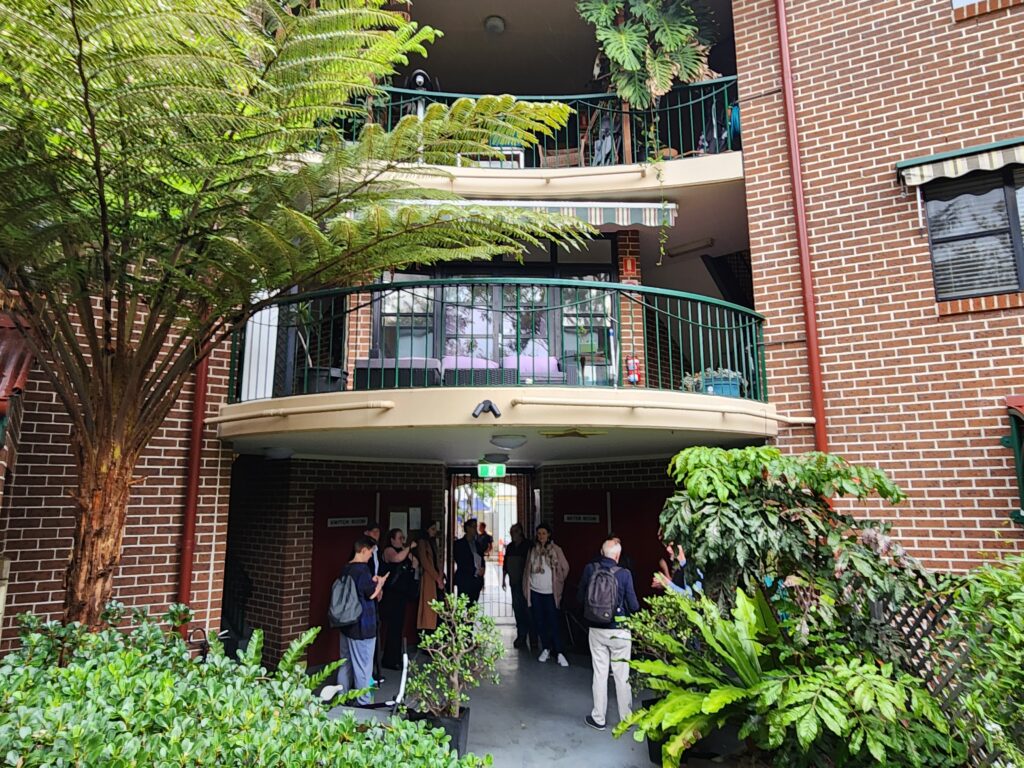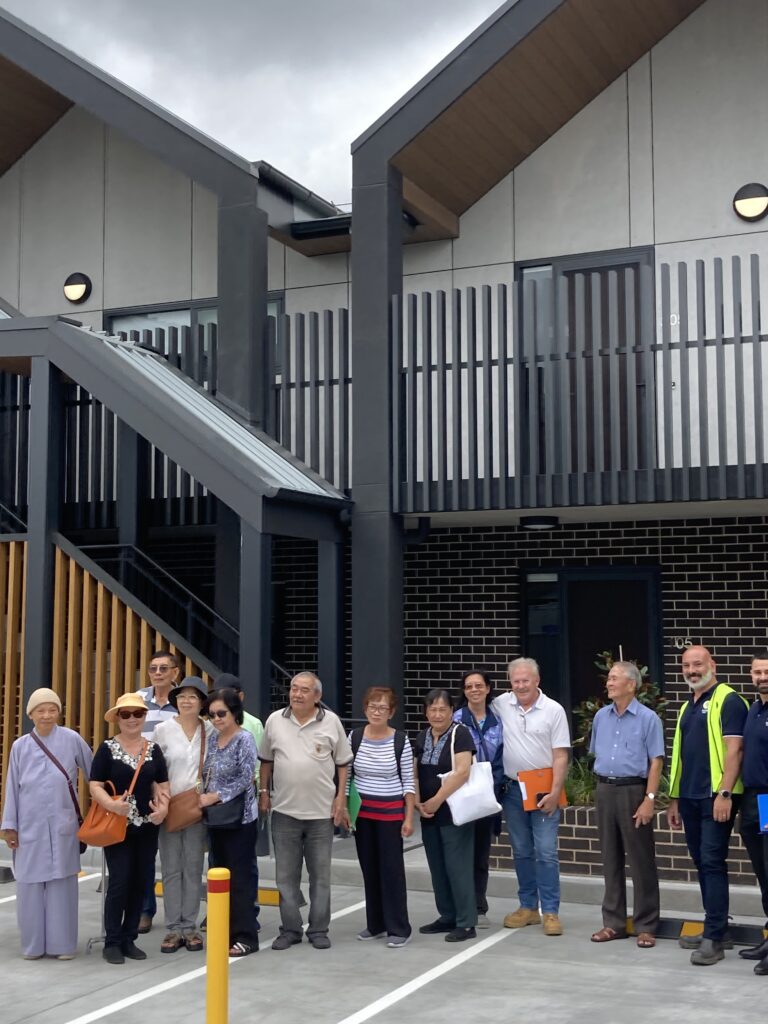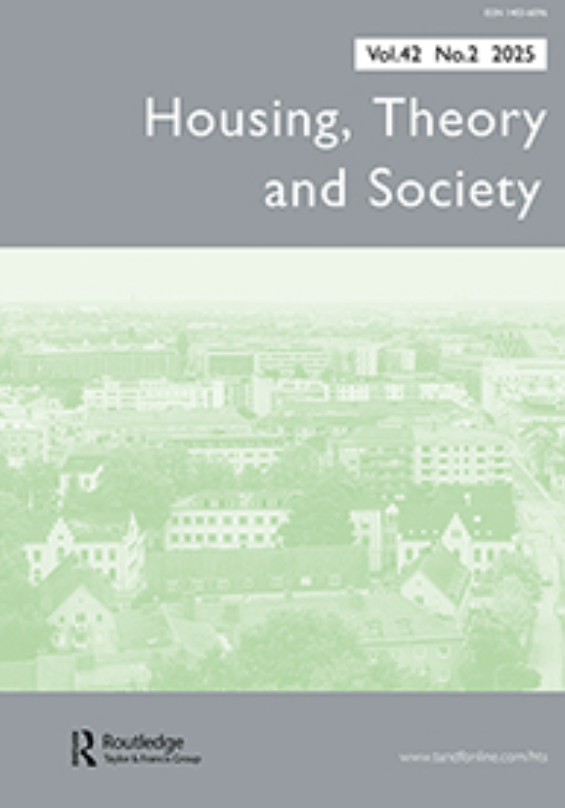
Exploring the “Sense of Home” in Rental Housing Cooperatives-May 2025
This study investigates how residents in rental housing cooperatives in Melbourne, Australia, and Choluteca, Honduras, experience a "sense of home." Using Social Practices Theory and interviews, the authors uncover how personal, social, and physical elements shape home-making in collaborative living. The findings highlight the role of autonomy, participation, and resilience in building meaningful homes outside market-driven models.Read More
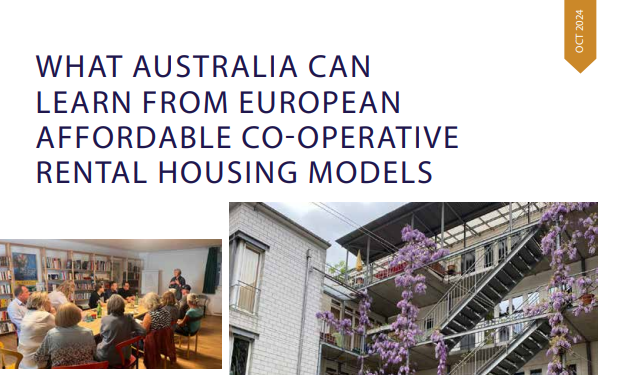
What Australia Can Learn from European Affordable Co-operative Rental Housing Models
Discover insights from BCCM's 2024 European Study Tour Report, highlighting innovative cooperative housing models in Denmark, Austria and Switzerland. Learn about public policies, financing strategies, and sustainable practices shaping the future of affordable housing.Read More
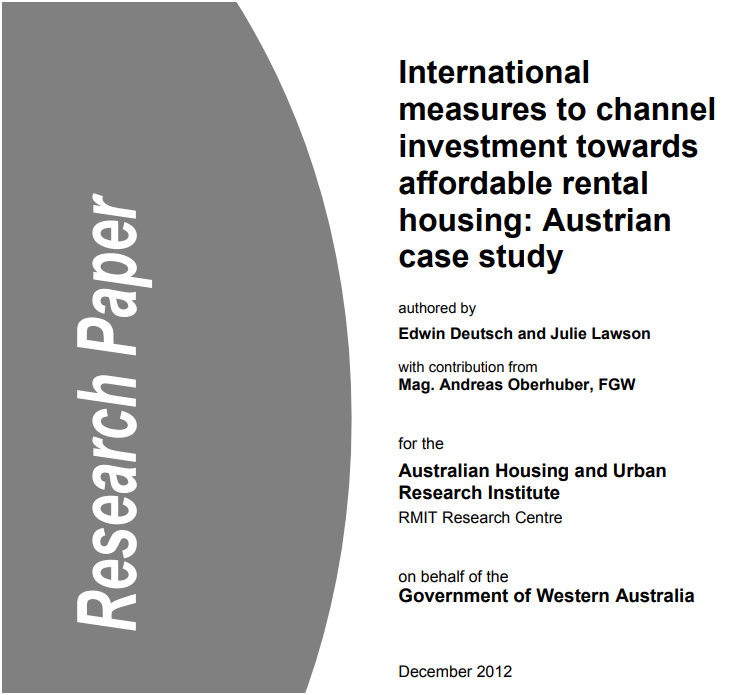
International measures to channel investment towards affordable rental housing: Austrian case study
This Western Australian Government report reviews Austria's financing model for affordable housing, focusing on limited-profit housing associations and Housing Construction Convertible Bonds (HCCBs). Austria’s model leverages low-interest loans, subsidies, and private investment to keep housing costs down. The report recommends Australia explore similar strategies to enhance affordable housing through stable subsidies, support for low-income access, and competitive land development.Read More
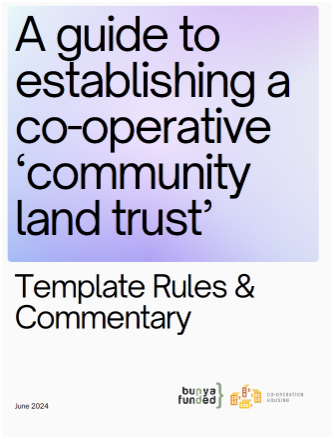
Community Land Co-operative Template Rules & Guide (Australia)
This resource from Australia's Co-operation Housing is a guide on establishing a community land trust (CLT) using a cooperative legal structure. Furthermore, it addresses the key question of how the core objectives of CLTs and cooperatives can be combined.Read More

Articulating Value in Cooperative Housing
This report discusses the growing presence of housing cooperatives in Australia, serving a variety of household types across the income spectrum, particularly low- and moderate-income households.Read More
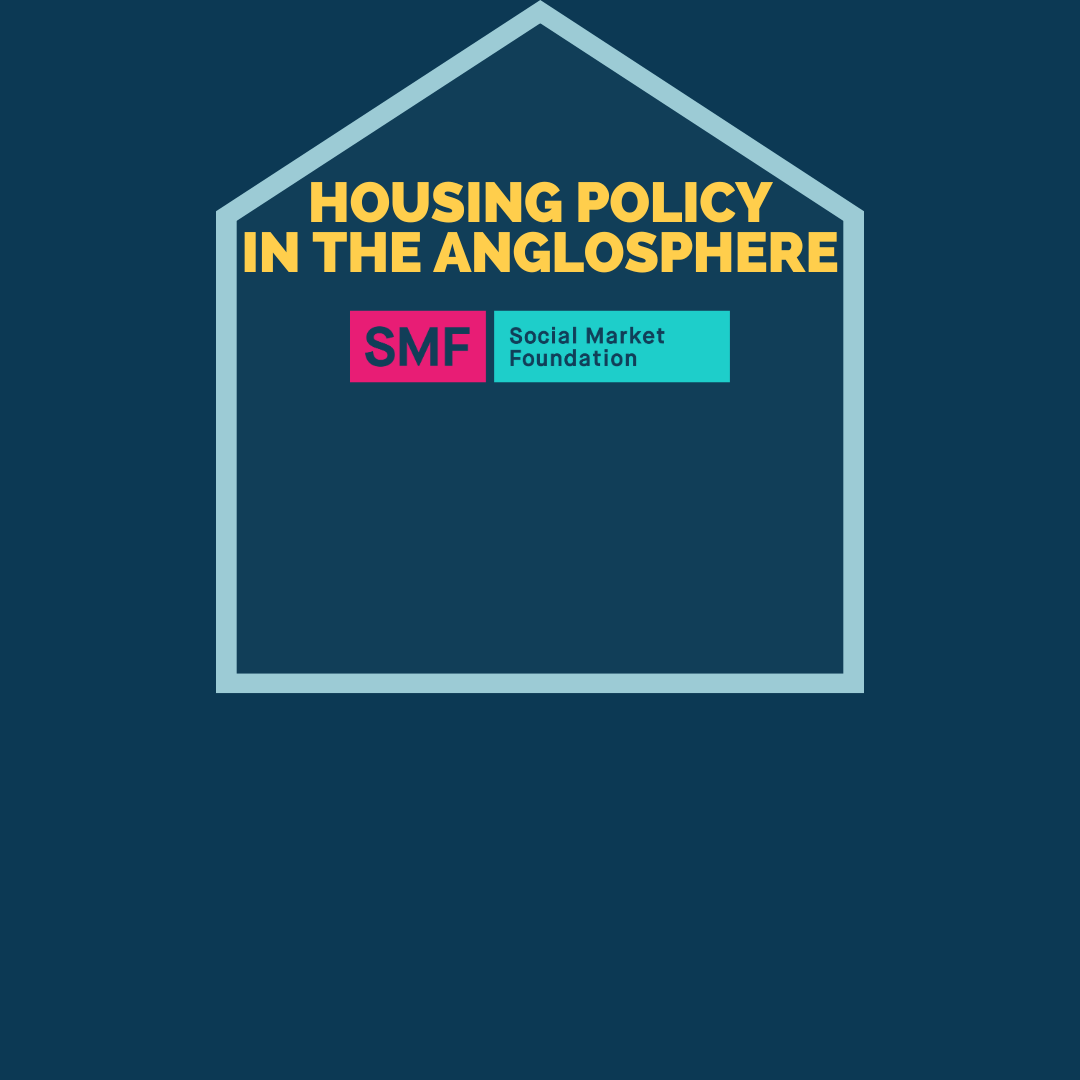
Housing Policy in the Anglosphere: Social Market Foundation Report Series on Housing
Five reports investigate housing policy from other countries for solutions to the UK’s housing shortage. Each of the five reports is a comparative study of housing policy internationally with a particular focus on Australia, Canada, Ireland and New Zealand.Read More

Impediments and Opportunities for Growing the Cooperative Housing Sector: an Australian Case Study
In many countries, housing cooperatives are longstanding and stable components of housing systems, providing a range of housing options that sit between the historically dual tenure poles of renting and owning. In others, such as ...Read More

Australia Looks at Austria for Affordable Housing Financing Models
Australia Looks at Austria for Affordable Housing Financing ModelsRead More

Multi-Tenure Developments: Best Practice Approaches to Design, Development and Management
This report on best practices for multi-tenure developments is based on extensive research and looks at bringing together social, affordable and private housing in multi-tenure developments that deliver vibrant communities that wo ...Read More

The Phoenix, South East Housing Co-operative in Australia
South East Housing Co-operative in Victoria, Australia was founded through a merger of four co-operatives in 2000. They sought to consolidate community assets and ensure members would have control over an efficent and effective ...Read More

Have your say: the Cooperative Identity, from a housing perspective
The Cooperative Identity — the shared values and principles that unite cooperatives worldwide — is being revisited for the first time in decades. The International Cooperative Alliance (ICA) has released Discussion Draft 2 of ...Read More

Research and Analysis Initiative of the International Cooperative Alliance – The Law on Cooperative Housing
The Law on Cooperative Housing report marks a milestone in CHI’s collaboration with the International Cooperative Alliance (ICA) through the International Legal Research and Analysis Initiative (ILRAI). Co-funded by the European ...Read More

Profils d’un mouvement : Les coopératives d’habitation dans le monde
L'habitat coopératif offre des logements abordables à long terme, gérés par les résidents, avec des avantages sociaux, économiques et environnementaux avérés. Malgré son impact mondial, ce secteur reste méconnu.Read More

Public Cooperative Housing Policies: An International Perspective
Explore public policies supporting cooperative housing worldwide in this comprehensive report. Discover how governments and cooperatives collaborate to create sustainable and affordable housing solutions globally.Read More

Financing Co-operative and Mutual Housing
The Commission's final report on Cooperative and Mutual Housing (Bringing Democracy Home) highlighted the need for consideration of the role that cooperative and mutual housing could play in the national housing strategy. The Fina ...Read More

Logement abordable : profils de cinq villes métropolitaines
Par cette publication, nous souhaitons ouvrir le débat sur le logement en tant que droit fondamental et enjeu métropolitain, en mettant en lumière l’expérience de grandes métropoles et dans l’espoir d’inspirer des idées nouvelles pour aborder cet enjeu absolument fondamental de l’urbanisation moderne.Read More

Building Strong Development Cooperation: Partnership Opportunities between Cooperatives and the EU
In 2000, United Nations (UN) member states recognised the need to build global partnerships for development and the exchange of expertise as one of the Millennium Development Goals. Across the international development field, part ...Read More
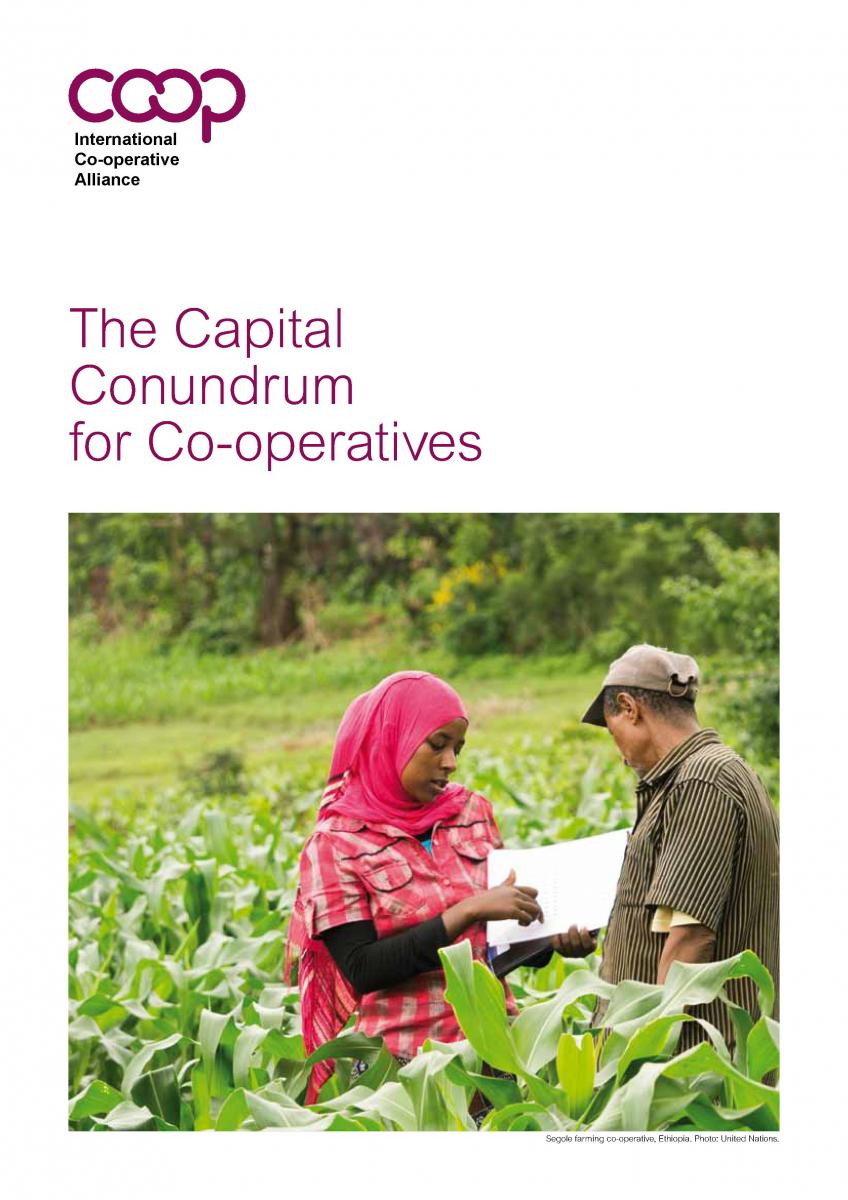
Raising Capital: The Capital Conundrum for Co-operatives
New report: The Capital Conundrum for Co-operatives "The Capital Conundrum for Co-operatives", a new report released by the Alliance’s Blue Ribbon Commission explores ideas and options available to co-operatives that need suitab ...Read More

Financing Housing Co-operatives in a Credit Crunch
Financing the development of housing co-operatives is a challenge and more so in time of financial restrictions and uncertainty. CHI members discussed the issue during a seminar held in November 2009 in Geneva. Presentations w ...Read More

What’s new in Sustainable Forest Management?
The Forest Products Annual Market Review 2013 reports that the development of new refinement processes has led to the production of new and more affordable wood based products such as cross-laminated timber (CLT). The report sta ...Read More

The Guidance Notes on the Co-operative Principles
Updated Guidance Notes on the Co-operative Principles, edited by David Rodgers, former President of Co-operative Housing InternationalRead More

Promoting Cooperatives – International Labour Organization (ILO) Recommendation 193 on the Promotion of Cooperatives
The ILO views cooperatives as important in improving the living and working conditions of women and men globally as well as making essential infrastructure and services available even in areas neglected by the state and investor-driven enterprises. Cooperatives have a proven record of creating and sustaining employment – they provide over 100 million jobs today; they advance the ILO’s Global Employment Agenda and contribute to promoting decent work.Read More
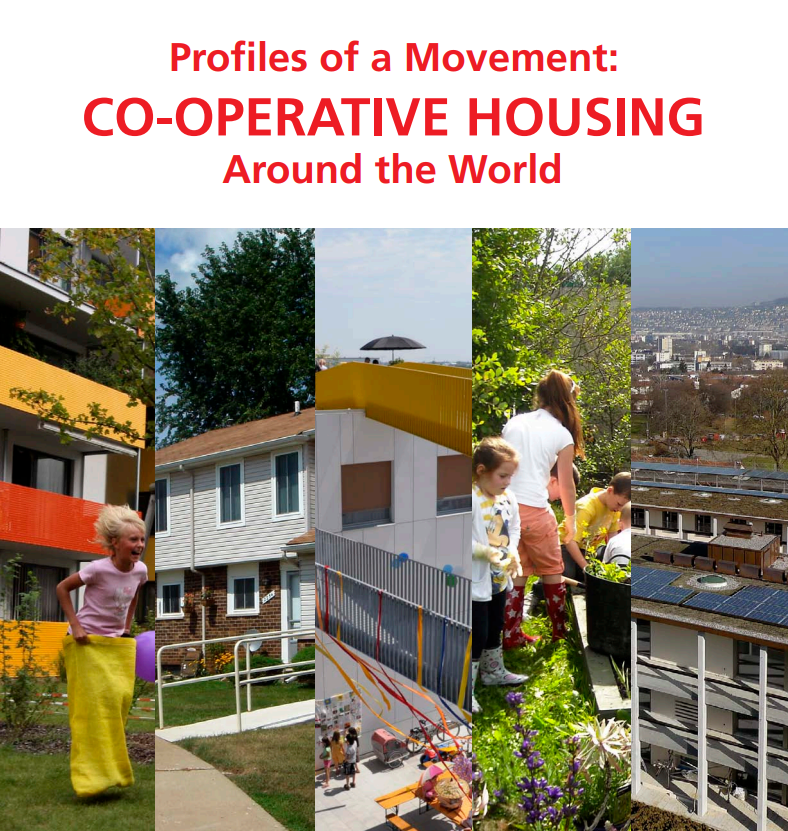
Profiles of a Movement: Co-operative Housing around the World – Volume One
Cooperative housing offers long-term, affordable homes governed by residents, with proven social, economic, and environmental benefits. Despite its global impact, the sector remains under-recognized.Read More
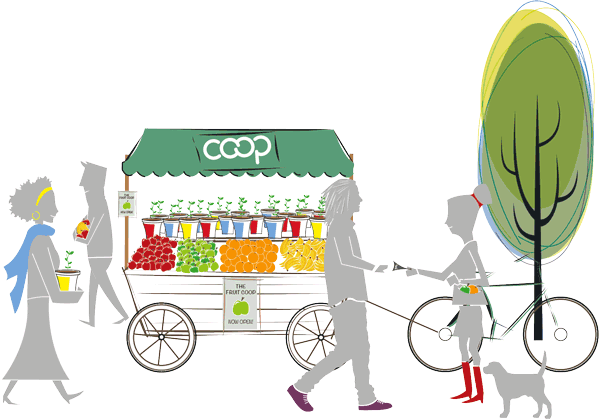
Students and Housing Cooperatives
Student housing cooperatives have become very popular in the USA and many of these housing co-operatives are members of organizations such as NASCO. Unlike a resident who acquires shares at market rates to earn the right to occupy ...Read More
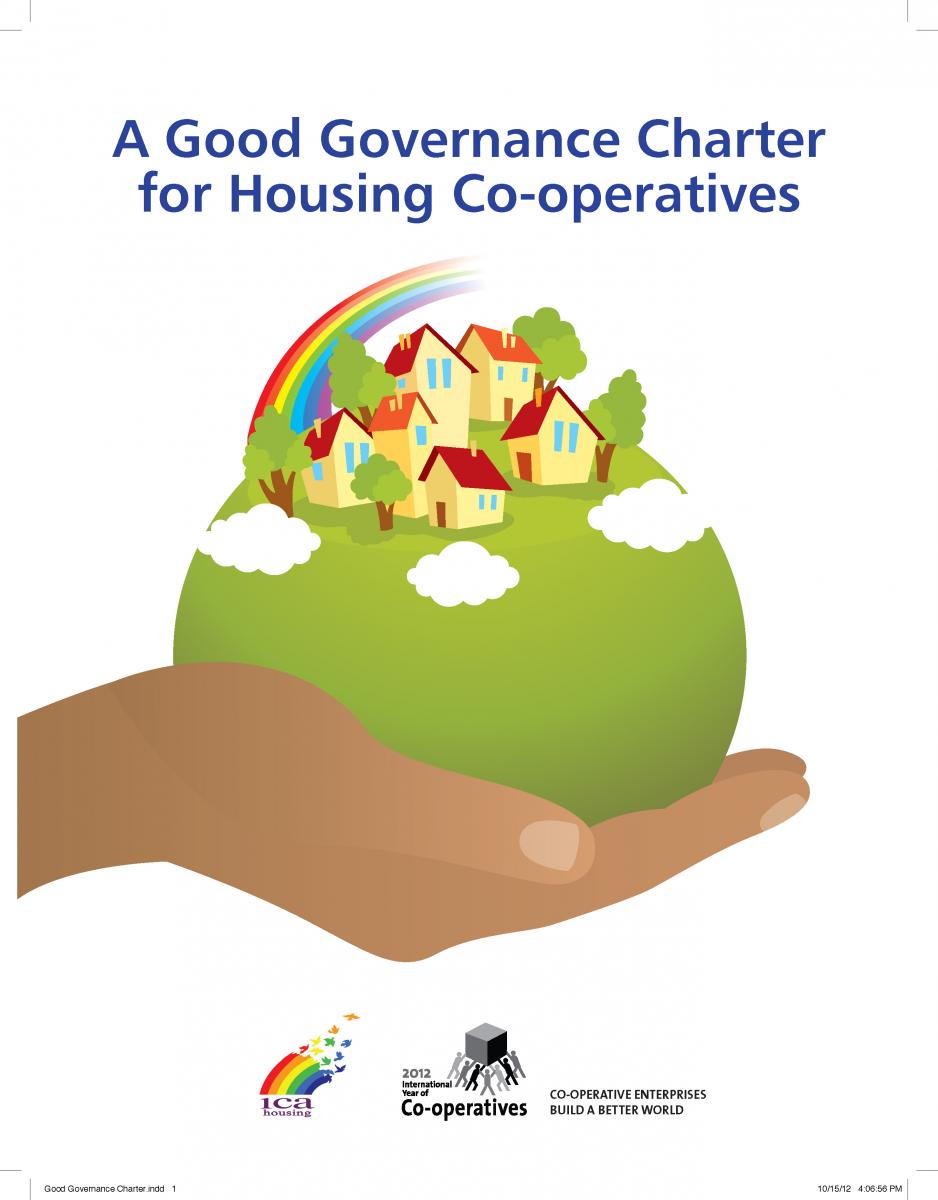
Good Governance Charter for Housing Co-operatives
The Good Governance Charter for Housing Co-operatives was launched at the ICA Housing Plenary in Manchester in November 2012.It has three parts:A 10-point set of good governance practicesAn interpretive statement for each good p ...Read More
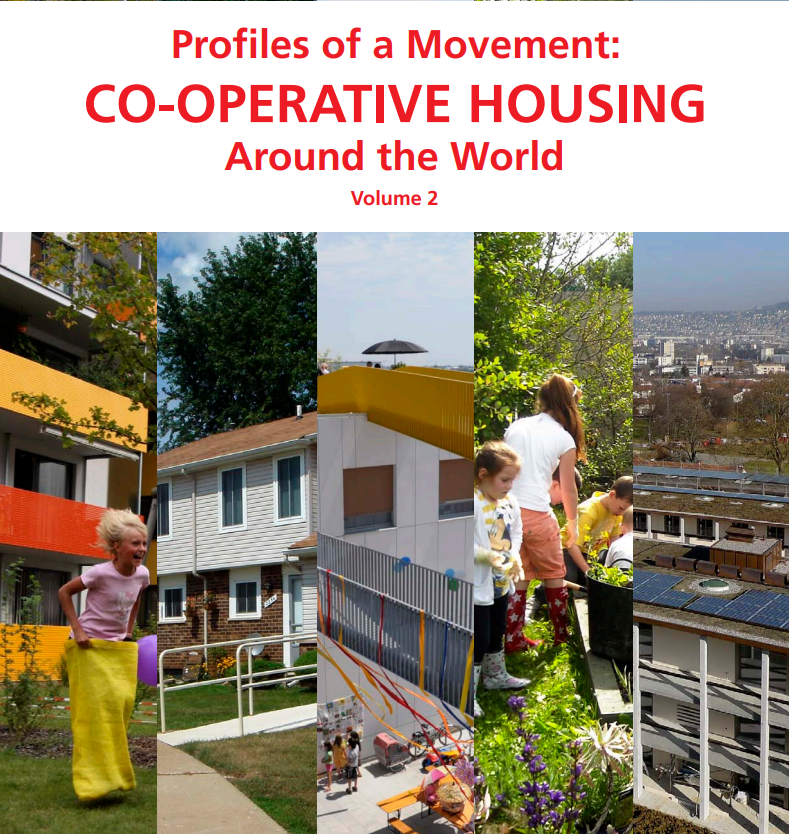
Profiles of a Movement: Co-operative Housing around the World – Volume Two
This second volume of Housing Co-operative Profiles focuses on African countries, showcasing the ingenuity and commitment of cooperators working under difficult conditions. It offers insights into the legal, financial, and historical contexts of housing co-ops, aiming to inspire broader adoption of the model as a solution to the global housing crisis.Read More
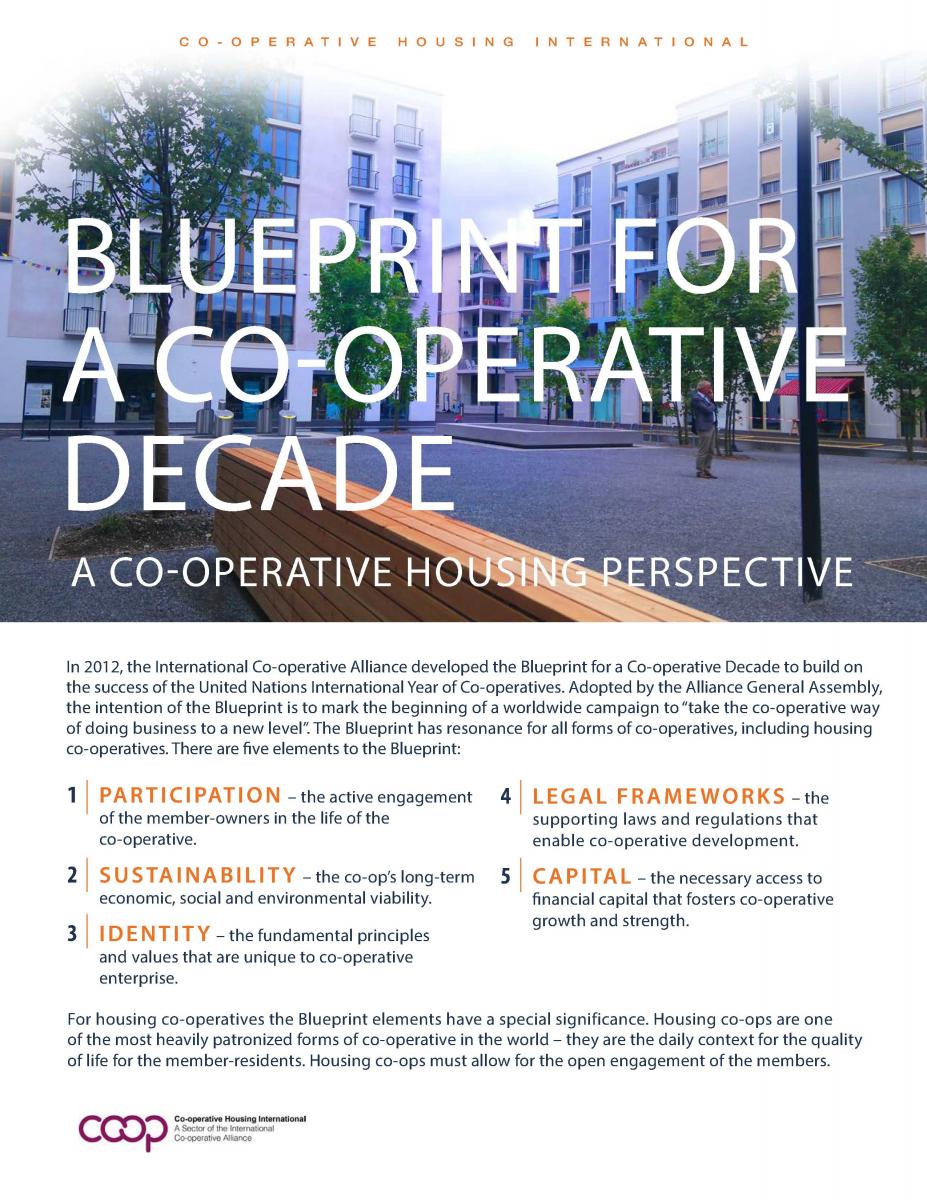
The Blueprint for a Co-operative Decade and its Special Application to the Housing Sector
The Blueprint for a Co-operative Decade is a worldwide campaign to “take the co-operative way of doing business to a new level”. The five key elements of the Blueprint are participation, sustainability, identity, legal frameworks and capital. The Blueprint is particularly relevant to co-operative housing and the Blueprint interpretation for co-operative housing below explains how.Read More


